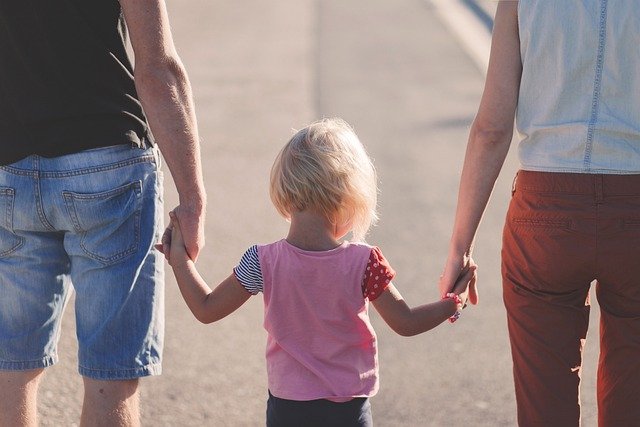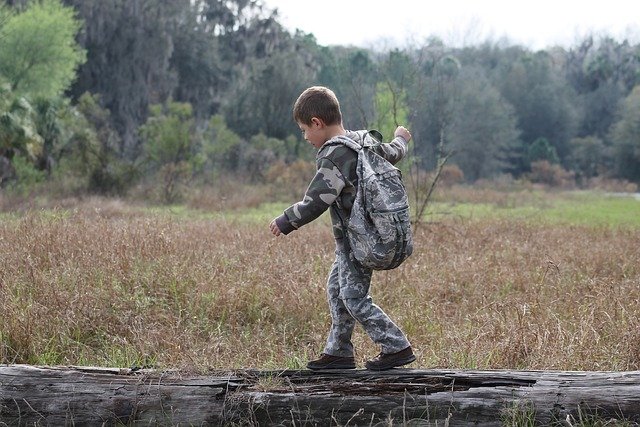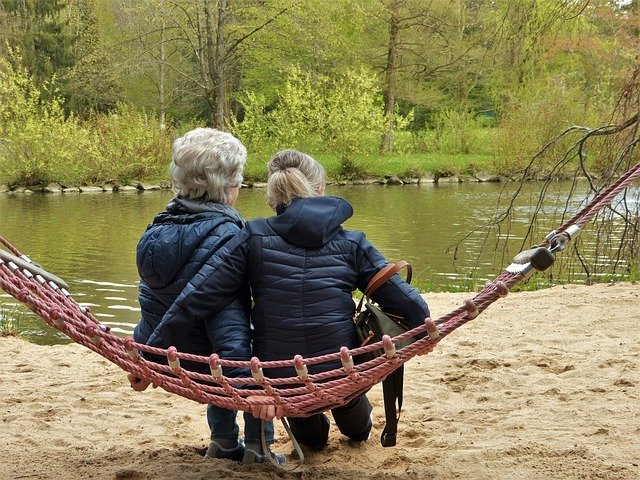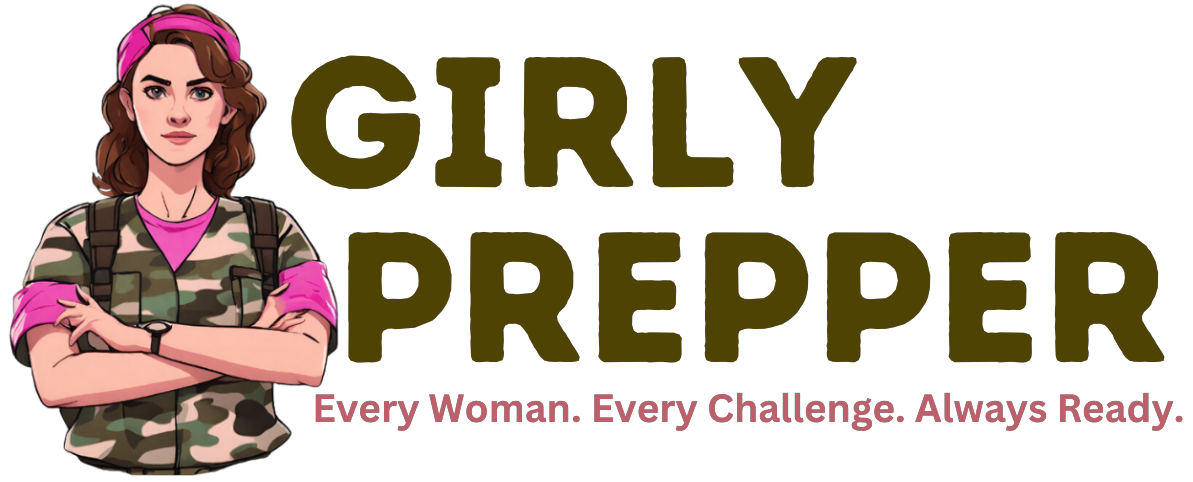When it comes to family safety and disaster readiness, mums often find themselves at the helm.
I remember a winter storm that hit unexpectedly a few years ago. Schools closed early, and I had to pick up my niece and nephews. The roads were a mess, and I realised how unprepared we were for such situations. That’s when I realised the importance of teaching kids about emergency preparedness.

Why should mums be the torchbearers of emergency planning, you ask? Well, we’re often the ones who know where the extra set of keys are, remember the birthdays, and yes, we usually pack the first aid kits. It’s not just about being prepared; it’s about empowering our children with the knowledge and tools they need to face the unexpected.
Intrigued? Stick around as we navigate the unique challenges women face in emergency preparedness, explore age-appropriate ways to introduce the topic to kids, and even share some real-life stories that’ll make you want to get started on your family’s emergency plan today.
Trust me, by the end of this guide, you’ll be the go-to expert in your family for all things safety and preparedness.
Contents
- 1 The Unique Challenges Faced by Women in Emergency Preparedness
- 1.1 Societal Expectations and Gender Roles
- 1.2 Family Dynamics
- 1.3 Emotional Labour
- 1.4 Challenges and Solutions for Women in Emergency Preparedness
- 1.4.1 I recall a time when my sister and I took my niece and nephews camping. A sudden downpour caught us off guard. While my sister and I scrambled to secure the tents and gather essentials, I couldn’t help but notice how the kids looked to us for emotional support.
- 1.4.2 It was a wake-up call.
- 1.4.3 Teaching kids about emergency preparedness isn’t just about the ‘what’ and ‘how’; it’s also about the ‘who’ and ‘why’.
- 2 Age-Appropriate Ways to Introduce Teaching Kids About Emergency Preparedness
- 3 Emotional Considerations
- 4 The Mum’s Toolkit: Essential Items for Family Preparedness
- 5 Empowering Girls: Teaching Self-Defence and Awareness
- 6 Community and Support: Finding Your Tribe
- 7 Real-Life Stories: Mums Who’ve Been Through It All
- 8 Wrapping It Up: Your Family’s Roadmap to Preparedness
The Unique Challenges Faced by Women in Emergency Preparedness
Let’s get down to brass tacks. When it comes to teaching kids about emergency preparedness, women often face a unique set of challenges. It’s not just about packing a go-bag or knowing the quickest route to the nearest hospital. It’s about juggling societal expectations, family dynamics, and the ever-present need to keep everyone safe and sound.
Societal Expectations and Gender Roles
First, let’s talk about the elephant in the room: societal expectations. Women are often seen as the caregivers, the nurturers, and the ones who hold the fort. While these roles have advantages, they also bring challenges in emergencies.
For instance, women are expected to remain calm and composed, managing not just logistics but also the family’s emotional well-being.
Family Dynamics
Family dynamics play a significant role in how women approach emergency preparedness. You’re not just planning for yourself but for your children, possibly ageing parents, and even pets. Each member has unique needs, and the mum is often expected to remember them all.
Emotional Labour
Ah, the emotional labour! Packaging an emergency kit is one thing, but it’s another to ensure everyone feels secure and understood during a crisis. Women often bear the brunt of this invisible work, from managing fears to maintaining morale.
Challenges and Solutions for Women in Emergency Preparedness
| Challenges | Solutions |
|---|---|
| Societal Expectations | Educate and involve all family members in emergency plans |
| Family Dynamics | Create individualised emergency plans for each family member |
| Emotional Labour | Share emotional responsibilities; practise open communication |

I recall a time when my sister and I took my niece and nephews camping. A sudden downpour caught us off guard. While my sister and I scrambled to secure the tents and gather essentials, I couldn’t help but notice how the kids looked to us for emotional support.
It was a wake-up call.
Teaching kids about emergency preparedness isn’t just about the ‘what’ and ‘how’; it’s also about the ‘who’ and ‘why’.
So, what’s the takeaway here? Teaching kids about emergency preparedness is a multi-faceted role, especially for women. It’s not just about ticking boxes; it’s about understanding our unique challenges and finding ways to turn them into strengths.
Age-Appropriate Ways to Introduce Teaching Kids About Emergency Preparedness
Navigating the waters of teaching kids about emergency preparedness can be tricky. You want to equip them with the skills and knowledge they need, but you also don’t want to scare the living daylights out of them. So, how do you strike that balance? Let’s break it down.
For Toddlers and Preschoolers
- Use Simple Language: Stick to basics like “stop, drop, and roll” for fire safety.
- Interactive Games: Think of engaging activities like matching items that belong in an emergency kit.
For School-Age Children
- Family Drills: Make it a family affair with regular emergency drills at home.
- Discuss Scenarios: Talk through different emergency situations and what to do in each.
For Teens
- Involve Them in Planning: Let them have a say in the family emergency plan.
- Teach Basic First Aid: At this age, they’re ready for more advanced skills like CPR.
I remember a family outing with my niece and nephews where we turned emergency preparedness into a treasure hunt. Each child had a list of items to find that would typically go in an emergency kit. The enthusiasm was through the roof, and the kids learned valuable lessons without even realising it.
Emotional Considerations
It’s not just about the logistics; it’s about how you make your kids feel during the process. You’re not just teaching skills; you’re building confidence. How do you address the emotional aspect of emergency preparedness? Open communication is key. Make sure to validate their feelings and concerns.
Age-Appropriate Activities and Their Benefits
| Age Group | Activity | Benefit |
|---|---|---|
| Toddlers | Simple Games | Instills basic awareness |
| School-Age | Family Drills Camping | Builds teamwork and understanding Builds resilience and outdoor skills |
| Teens | First Aid Lessons Bushcraft Sessions | Equips with advanced skills Fosters confidence and problem-solving skills |
The bottom line? Teaching kids about emergency preparedness is a gradual process that should be tailored to their age and emotional maturity. It’s not a one-size-fits-all approach. Each age group has its unique needs and understanding, and it’s our job to make the learning process as seamless as possible.

The Mum’s Toolkit: Essential Items for Family Preparedness
Ah, the toolkit, the cornerstone of any emergency plan. You might think it’s all about canned beans and bottled water, but the toolkit takes on a whole new dimension when it comes to teaching kids about emergency preparedness. Let’s get into the nitty-gritty of what every mum should consider packing.
For a printable version of this checklist, click here.
Family Emergency Kit Checklist:
Essentials
- Water: At least one gallon per person per day for at least three days.
- Non-perishable Food: Items like canned goods, granola bars, and dried fruits.
- Manual Can Opener: If your food supply includes canned goods.
- First Aid Kit: Bandages, antiseptics, tweezers, pain relievers, etc.
- Flashlights: Preferably LED for longer battery life.
- Batteries: Extra sets for flashlights and other battery-operated devices.
- Multi-tool: A Swiss Army knife or similar multi-function tool.
- Local Maps: In case GPS is not available.
- Cash: Small bills and coins, as ATMs may not be working.
Personal Items
- Prescription Medications: At least a week’s supply.
- Personal Hygiene Items: Toothbrush, toothpaste, feminine hygiene products, etc.
- Baby Supplies: Diapers, wipes, formula, etc., if you have an infant.
- Pet Supplies: Food and water for any household pets.
Comfort and Communication
- Blankets or Sleeping Bags: One for each family member.
- Portable Radio: Battery-operated or hand-crank.
- Mobile Phone Chargers: Solar or battery-powered are good options.
- Books or Games: For entertainment and mental well-being.
Safety Gear
- Whistle: To signal for help.
- Face Masks: To help filter contaminated air.
- Gloves: Heavy-duty gloves for handling debris.
Additional Items for Children:

Basic Necessities
- Child-Friendly Food: Think about including foods your children will eat, like squeezable fruit pouches or child-friendly energy bars.
- Baby Formula: If you have infants, make sure to include enough formula.
- Sippy Cups or Baby Bottles: For younger children who might struggle with regular cups.
Health and Safety
- Paediatric Medicines: Over-the-counter fever reducers, antihistamines, and any prescription medications.
- Child-Sized Face Masks: Standard masks may not fit smaller faces well.
- Baby Wipes: Useful for quick clean-ups.
- Nappies: If you have infants or toddlers.
Comfort Items
- Soft Toys or Blankets: Familiar items can help reduce stress.
- Children’s Books: A few favourite books can offer comfort and distraction.
- Colouring Supplies: Crayons and colouring books can keep older kids occupied.
Identification and Information
- Child ID and Medical Records: Keep a laminated card with each child’s identification and any important medical information.
- Recent Photos: In case of separation, recent photos can be extremely helpful.
Communication and Entertainment
- Child-Friendly Walkie-Talkies: Older kids can use these to stay in touch if they get separated.
- Headphones: Useful for letting children listen to calming music or audiobooks.
Practical Gear
- Child-Sized Backpack: So they can carry some of their own supplies if needed.
- Glow Sticks: These can serve as nightlights and are generally safer than candles for kids to handle.
So, what sets a mum’s toolkit apart from the rest? It’s the attention to detail. It’s remembering that your toddler hates strawberry-flavoured anything or that your teen will need their contact lens solution. It’s about making sure that in times of crisis, your family not only survives but also feels cared for.
I once took my niece and nephews on a hiking trip. Halfway through, one of them tripped and scraped their knee. Thankfully, the first aid kit was well-stocked, and we managed to clean and dress the wound in no time. It was a real eye-opener about the importance of a well-thought-out emergency kit.
In essence, teaching kids about emergency preparedness is as much about the items in your toolkit as it is about the love and thoughtfulness that go into selecting them.
Empowering Girls: Teaching Self-Defence and Awareness
When it comes to teaching kids about emergency preparedness, there’s a special chapter we need to focus on: empowering our girls. Let’s face it, the world can be a tough place, especially for young women. So, how do we arm them with the skills and confidence they need to navigate it safely?

The Importance of Self-Defence
- Physical Skills: Basic self-defence moves can be a game-changer.
- Mental Preparedness: Knowing you can defend yourself boosts self-esteem and mental resilience.
Situational Awareness
- Being Alert: Teach them to be aware of their surroundings.
- Trust Instincts: If something feels off, it probably is.
I remember taking my niece to her first self-defence class. She was a bit hesitant at first, unsure of what to expect, but once she threw her first successful punch, the look on her face was priceless. It wasn’t just about learning a physical skill; it was about discovering her own strength.
Emotional Considerations
Empowering girls isn’t just about teaching them how to throw a punch; it’s about building their emotional resilience. Open conversations about personal safety can be tough but are crucial.
- How do you feel when you’re alone in a public space?
- What would you do if you felt threatened?
These are questions that need answers, and who better to discuss them with than the trusted women in their lives?
In a nutshell, teaching kids about emergency preparedness goes beyond the toolkit and drills. For girls, it’s about instilling a sense of self-worth and the confidence to protect themselves. It’s about letting them know that they’re not just survivors but warriors.
Community and Support: Finding Your Tribe
Ah, the age-old saying, “It takes a village,” rings especially true when it comes to emergency preparedness. You’ve got your toolkit sorted, teaching kids about emergency preparedness, and even started focusing on self-defence techniques for women in confined areas, but what about the community around you? How do they fit into your family’s safety net?
The Value of a Supportive Community
- Shared Resources: Neighbours can pool together essential items like food, water, and medical supplies.
- Emotional Support: Sometimes, a friendly face and a listening ear can make all the difference in a crisis.
Online Forums and Local Groups
- Information Exchange: Online platforms can be goldmines for tips and tricks.
- Local Expertise: Community groups often have members with specific skills, like first aid or emergency planning.
Now, you might be wondering, how do I find these groups? Well, social media is a good starting point. Search for local emergency preparedness groups or forums focused on self-defence techniques for women in confined areas. Trust me, you’ll find a treasure trove of information and like-minded individuals.
In my own journey, I’ve found that community involvement has been invaluable. When my sister and I were researching self-defence techniques for women in confined areas, it was a local prepper community group that provided us with the most practical advice. They even organised a workshop that my nieces attended, and the skills they learned were eye-opening for them.
So, why go it alone when you can have a whole tribe backing you up? The community around you can be an incredible asset, offering both material and emotional support. It’s not just about being prepared; it’s about building a network that uplifts everyone in times of need.
Real-Life Stories: Mums Who’ve Been Through It All
There’s nothing like a real-life tale to drive home the importance of a subject, is there? When it comes to teaching kids about emergency preparedness, hearing from mums who’ve been in the trenches can be both enlightening and inspiring.
The Power Outage Mum
- Situation: A sudden power outage in the middle of winter.
- Action: Used her emergency kit to keep the family warm and fed.
- Lesson: The importance of a well-stocked emergency kit can’t be overstated.
The Lost Child Mum
- Situation: Child got separated during a family outing.
- Action: Used a whistle from the emergency kit to locate the child.
- Lesson: Simple tools can solve big problems.

In my own life, I’ve had a close call or two. Once, during a family picnic, one of my nephews wandered off. We found him safe and sound, but that experience was a wake-up call. It led us to include a set of walkie-talkies in our emergency kit, a tip we picked up from a mum’s story in a local community group.
So, what can we glean from these stories? Teaching kids about emergency preparedness isn’t just a theoretical exercise; it’s a practical life skill that has real-world applications. These mums didn’t just read about emergency preparedness; they lived it, and their experiences serve as valuable lessons for all of us. Ready for the final takeaway? Keep reading for our conclusion.
Wrapping It Up: Your Family’s Roadmap to Preparedness
Well, here we are at the end of our journey, and what a ride it’s been! From understanding the unique challenges faced by women to empowering our girls with self-defence skills, we’ve covered a lot of ground. But remember, teaching kids about emergency preparedness isn’t a one-off event; it’s an ongoing process that evolves with your family’s needs.
Key Takeaways
- The Mum’s Toolkit: It’s not just about the essentials; it’s about the love that goes into selecting them.
- Community Support: Never underestimate the power of a strong community; it can be your lifeline in times of crisis.
- Real-Life Lessons: Learning from those who’ve been there and done that can offer invaluable insights.
In my own experience, I’ve found that the more involved my nieces and nephews are in the planning process, the more empowered they feel. It’s one thing to tell them what to do in an emergency; it’s another to show them how to take charge of their own safety.
So, what’s the next step in your family’s journey towards complete preparedness? Perhaps it’s revisiting your emergency kit or maybe joining a local community group focused on self-defence techniques for women. Whatever it is, don’t put it off. The time to act is now, because when it comes to safety, there’s no such thing as being too prepared.


1 thought on “Teaching Kids About Emergency Preparedness: A Guide for Mums”